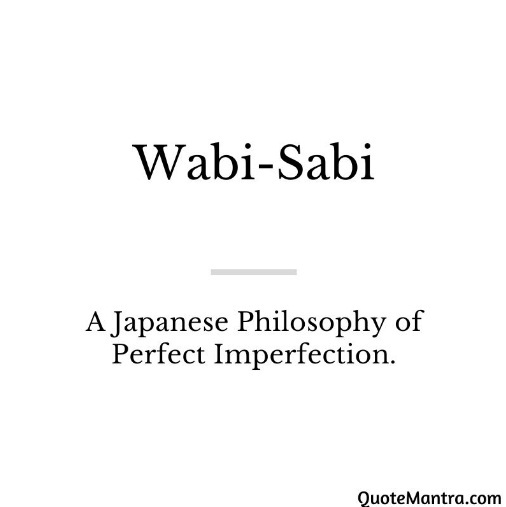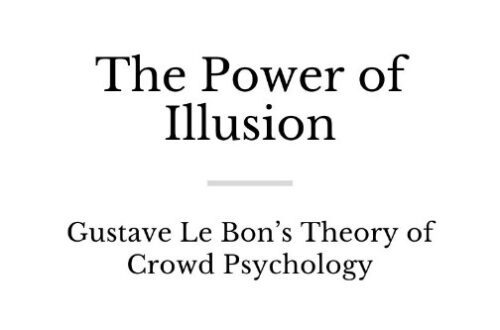
Wabi-Sabi
Wabi-Sabi – A Japanese Philosophy of Perfect Imperfection.
Wabi-sabi is a Japanese aesthetic philosophy that has been around for centuries but has gained popularity in recent years as people seek to embrace simplicity, authenticity, and imperfection in their lives. This philosophy is based on the idea that beauty can be found in the natural and imperfect state of things.
Wabi-sabi originated in Japan in the 15th century as a reaction to the lavish and ornate aesthetic of the time. The philosophy was embraced by artists and designers who sought to create beauty in simplicity and embrace the natural imperfections of materials. The term “wabi” originally referred to the loneliness and simplicity of living in nature, while “sabi” referred to the beauty that comes with age and the passage of time.
Here are some key points of the wabi-sabi philosophy:
- Imperfection: Wabi-sabi embraces the beauty of imperfection, asymmetry, and incompleteness. In this philosophy, the flawed and the incomplete are seen as unique and beautiful.
- Naturalness: Wabi-sabi values simplicity, naturalness, and authenticity over ornamentation, excess, and artificiality. Natural materials, such as wood, stone, and natural fibers, are often used in the design.
- Transience: Wabi-sabi acknowledges the impermanence of all things and finds beauty in the natural process of decay and aging. This includes embracing the beauty of things that are old, weathered, and worn.
- Uniqueness: Wabi-sabi celebrates the uniqueness of objects and materials, such as the grain in wood or the cracks in ceramics. This uniqueness is seen as valuable and beautiful.
- Harmony: Wabi-sabi emphasizes creating a harmonious and peaceful environment, both in design and in life. This includes creating uncluttered and functional designs, as well as cultivating a sense of inner peace and contentment.
- Simplicity: Wabi-sabi values simplicity and minimalism over excess and decoration. This includes creating designs that are uncluttered and functional, as well as living a simple and unassuming life.
At its core, wabi-sabi is about finding beauty in the imperfect, the incomplete, and the transient. It is an aesthetic that values simplicity, naturalness, and impermanence over perfection, ornamentation, and permanence. Wabi-sabi celebrates the beauty of things that are imperfect, asymmetrical, and incomplete, and sees these qualities as unique and beautiful.
In wabi-sabi, beauty is found in the imperfections of objects, such as the cracks and chips in a ceramic bowl, the uneven edges of a wooden table, or the rust on a metal surface. These imperfections are not seen as flaws, but rather as evidence of the natural process of decay and aging, which adds to the beauty and uniqueness of an object.
Wabi-sabi also emphasizes the importance of simplicity and naturalness in design. This means using natural materials and avoiding excess ornamentation, creating designs that are uncluttered and functional, and embracing the beauty of the natural world.
Wabi-sabi has influenced Japanese culture and design for centuries and is often seen in traditional Japanese art and architecture. In Japanese tea ceremonies, for example, wabi-sabi is reflected in the simplicity and naturalness of the tea room and the utensils used. In Japanese gardens, wabi-sabi is reflected in the use of natural materials such as rocks, gravel, and moss, and the emphasis on creating a harmonious and peaceful space.
In contemporary design, wabi-sabi has also gained popularity as people seek to embrace simplicity and authenticity in their lives. This can be seen in the trend towards minimalist design, the use of natural materials such as wood and stone, and the celebration of imperfection in ceramics, furniture, and other objects.
Wabi-sabi is not just an aesthetic philosophy, but a way of life. It encourages us to embrace the impermanence of things and to find beauty in the natural process of aging and decay. It reminds us that life is fleeting and that we should cherish the present moment and the beauty of the world around us.
In conclusion, wabi-sabi is a Japanese aesthetic philosophy that celebrates the beauty of imperfection and impermanence. It emphasizes simplicity, naturalness, and the uniqueness of objects. Wabi-sabi has influenced Japanese culture and design for centuries and is now gaining popularity in Western culture as people seek to embrace simplicity and authenticity in their lives. Wabi-sabi is not just an aesthetic philosophy, but a way of life that encourages us to cherish the present moment and find beauty in the natural world.
Also read: The Less You Seek, The More You’ll Find



